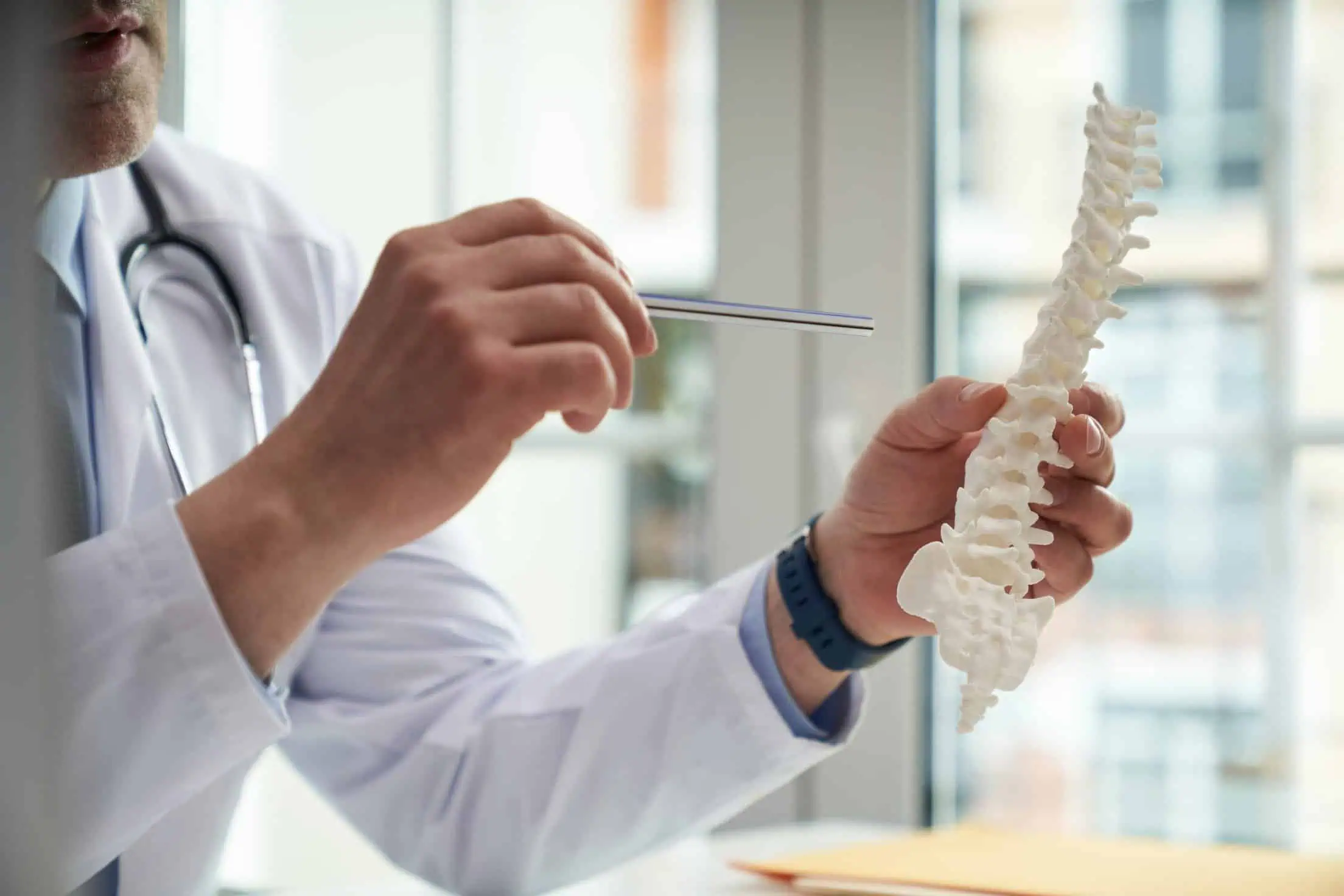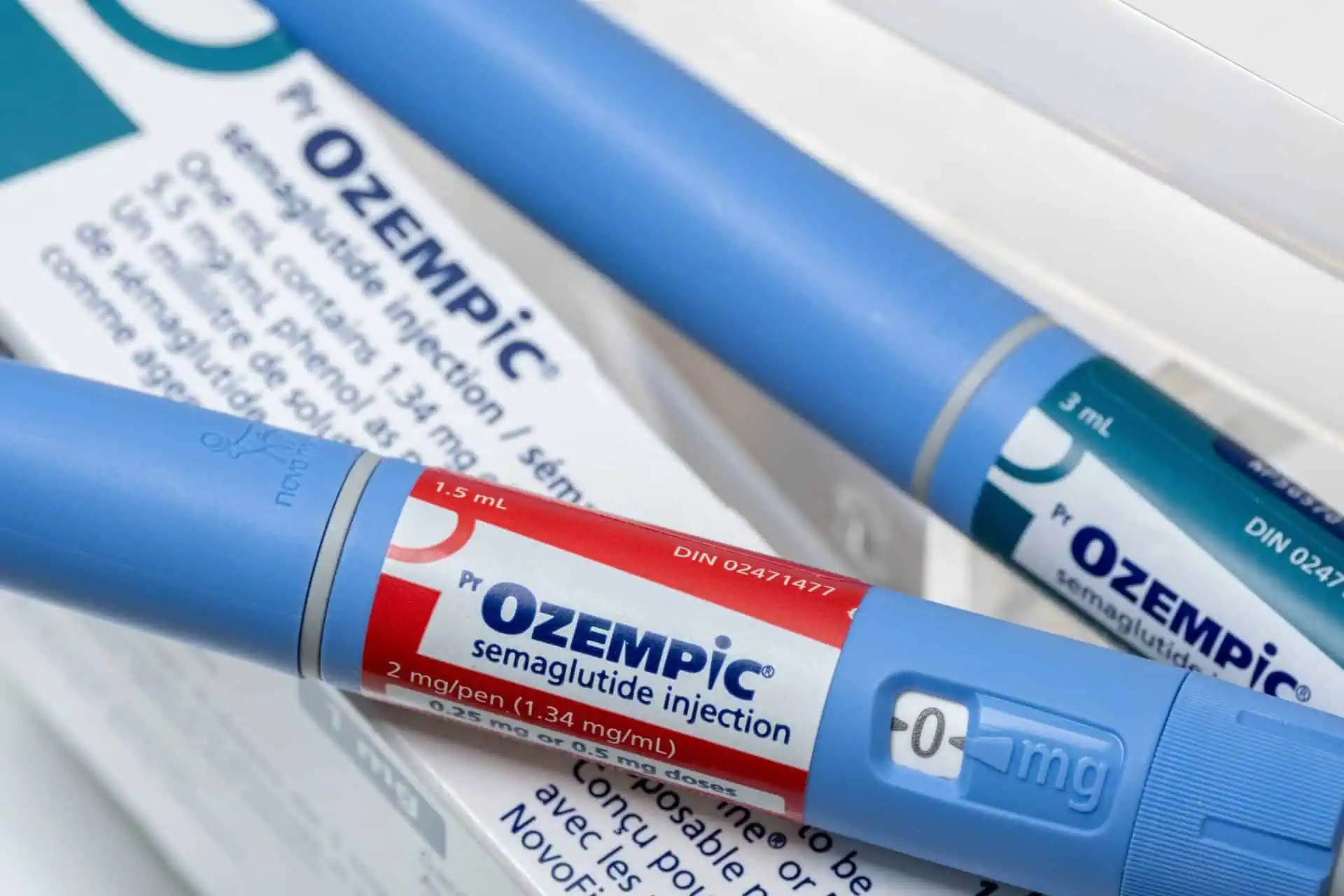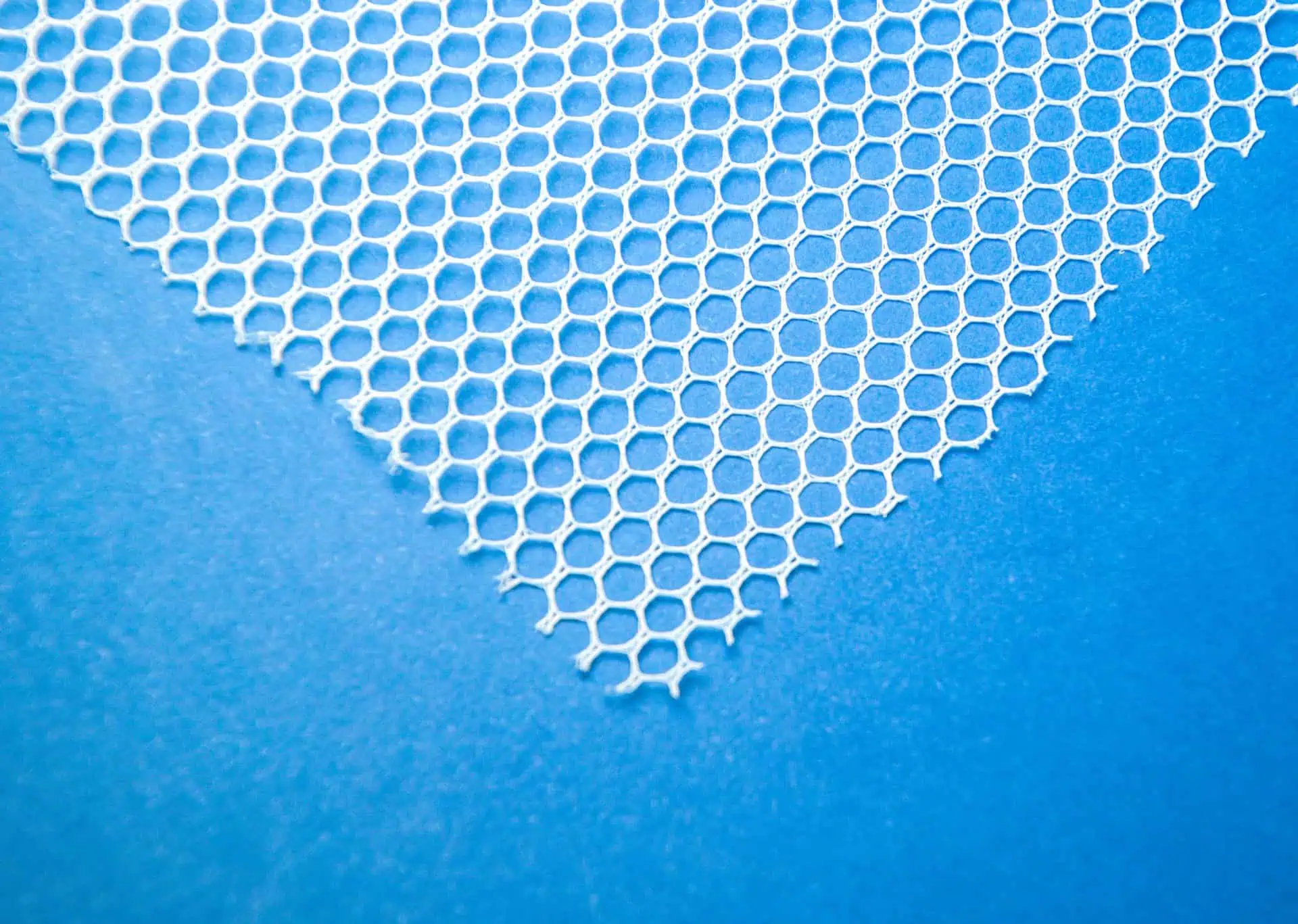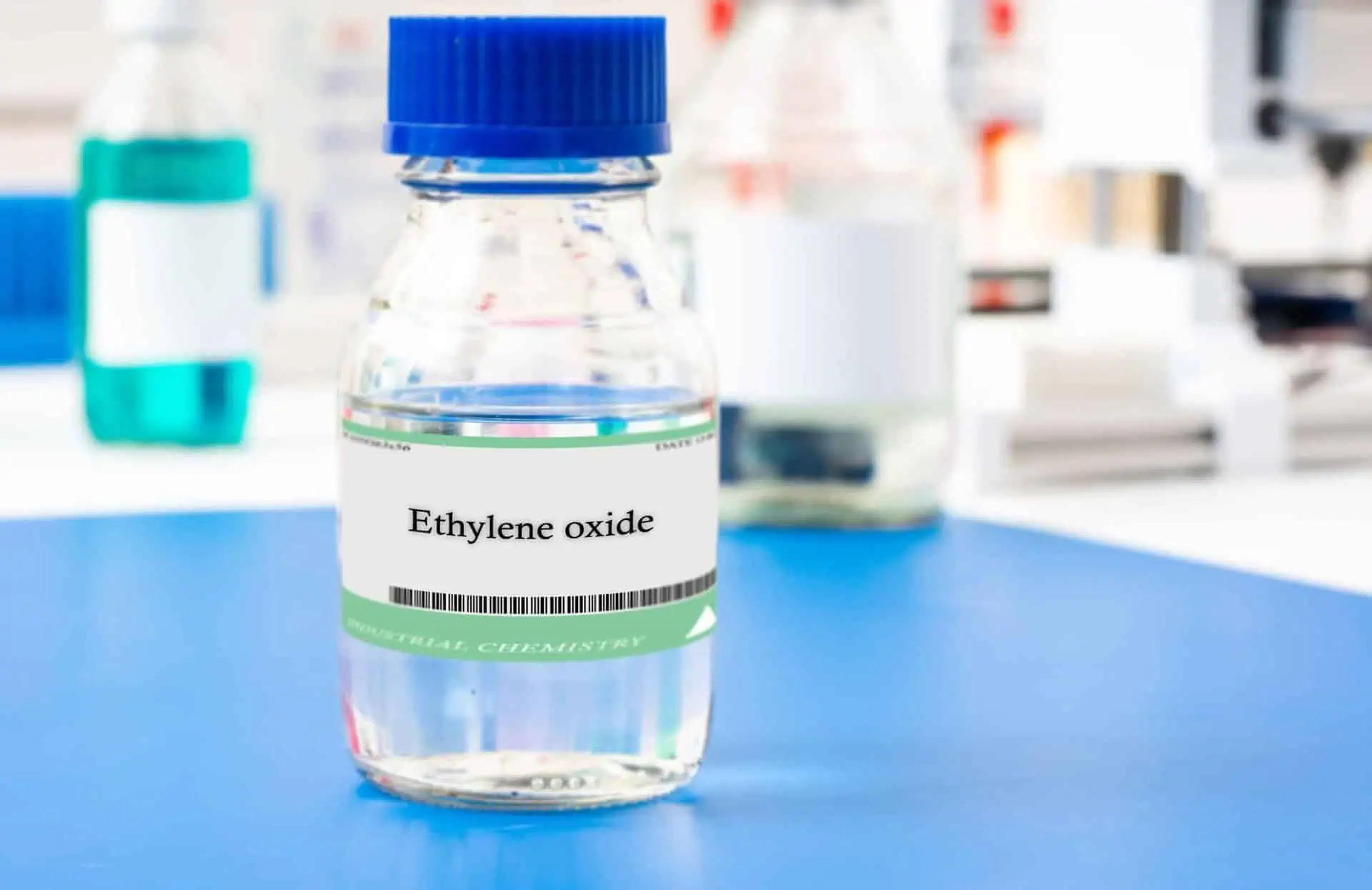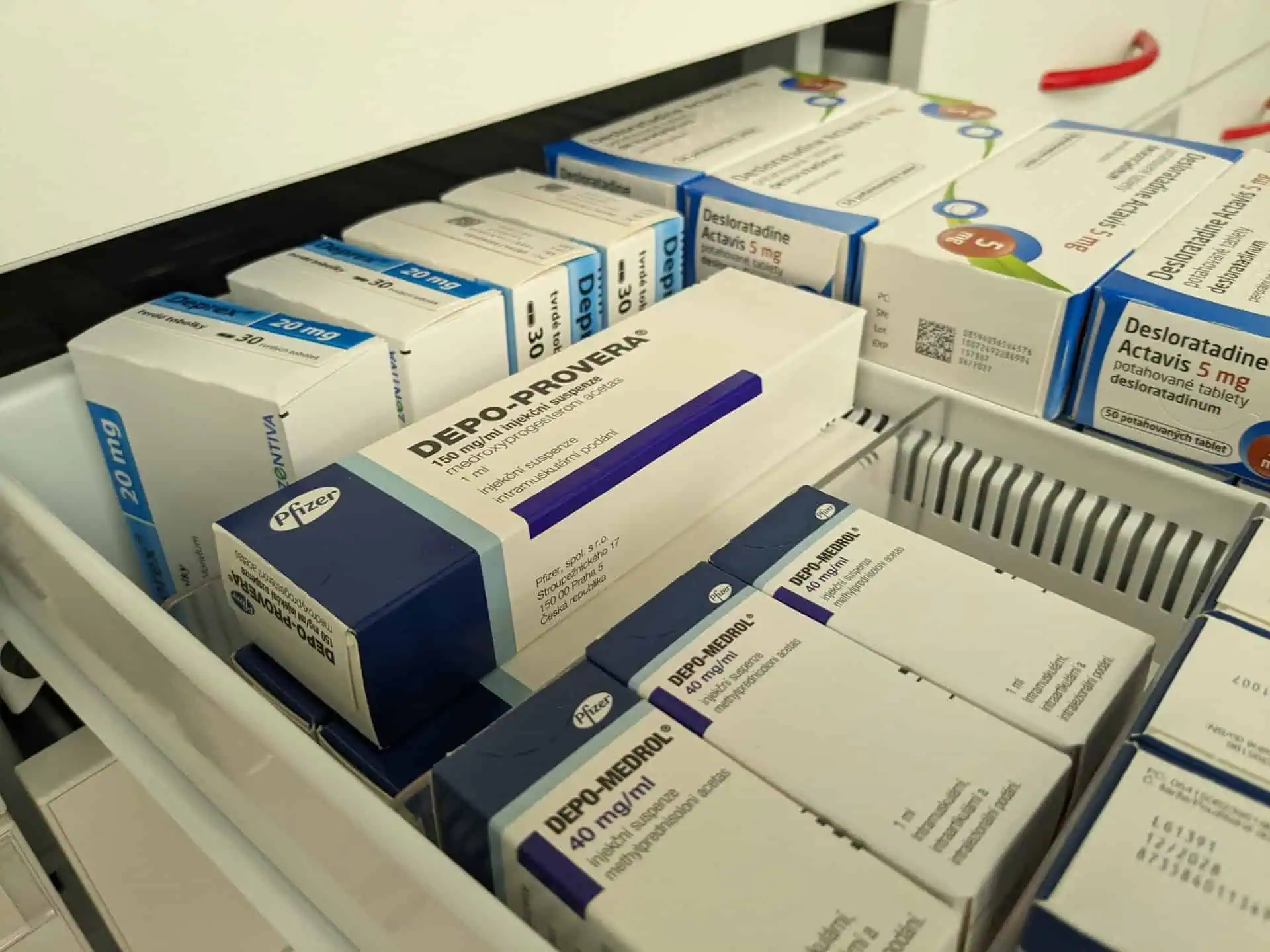Benzoyl Peroxide (BPO) is known for its significant role in the treatment of acne vulgaris.
Its chemical properties lend it the ability to act against acne lesions and improve skin conditions.
Acne Treatment Mechanisms
Topical benzoyl peroxide is a mainstay in acne therapy due to its action on the skin.
In understanding its mechanisms:
- Benzoyl Peroxide exhibits keratolytic and comedolytic effects, meaning it helps to loosen keratin, a protein in the skin, thereby preventing dead cells from clogging hair follicles.
- It possesses antibacterial properties specifically against Propionibacterium acnes, the bacteria implicated in acne.
- By generating free radicals, Benzoyl Peroxide creates an inhospitable environment for the bacteria.
- It reduces sebum production, which can exacerbate acne if overproduced and trapped in hair follicles.
- The compound speeds up the clearing of skin by increasing the turnover rate of epithelial cells.
- As an oxidizing agent, it helps in clearing the follicular duct and allows oxygen to enter, inhibiting the anaerobic bacteria that can prosper in the follicles.
Interaction with Skin Cells
Benzoyl Peroxide is renowned for its effectiveness in treating acne-prone skin by targeting the bacteria that cause acne.
This compound, upon contact with the skin, initiates a chemical process that helps in reducing inflammation and preventing future outbreaks.
When Benzoyl Peroxide interacts with the skin, the following sequence of events typically occurs:
- The compound breaks down upon application, releasing oxygen; this is believed to help kill bacteria by introducing an oxidized environment.
- Skin absorption leads to the breakdown of Benzoyl Peroxide into benzoic acid, which is less irritating and has some anti-inflammatory effects.
- It has been observed to induce peeling, which is beneficial for disrupting the formation of new acne lesions.
- As an initiator of free radicals, it works to modify the environment within the hair follicles, targeting the microbial colonies there.
By understanding these specifics of benzoyl peroxide, one can appreciate its efficacy as a common acne treatment option.



